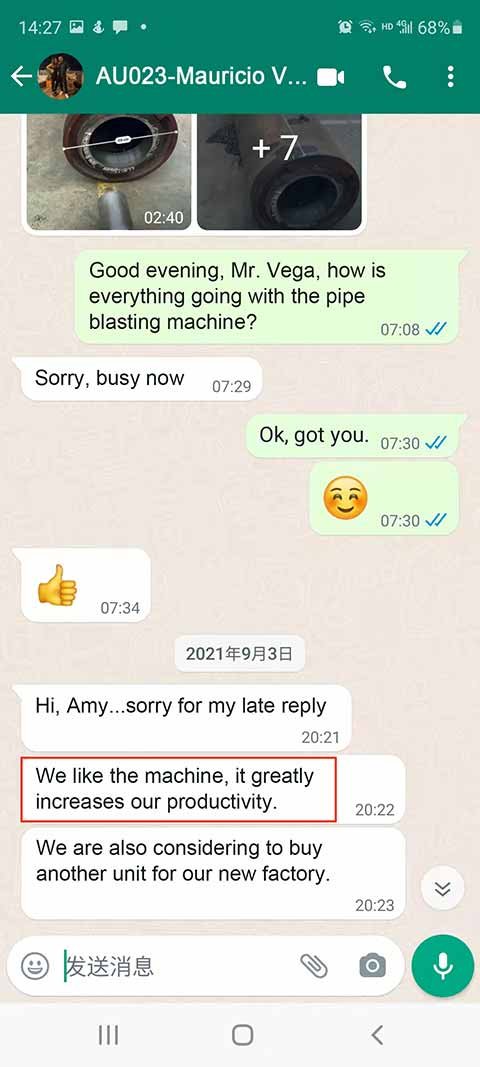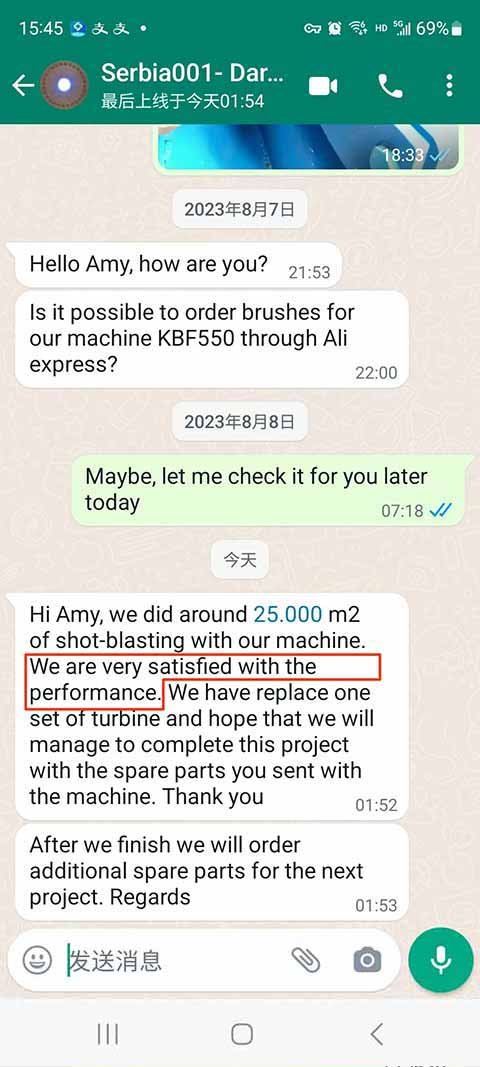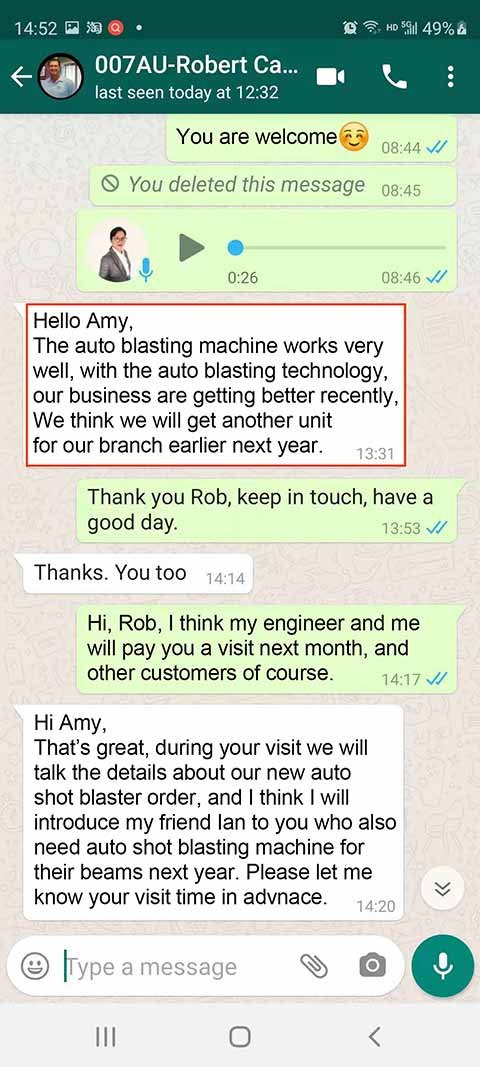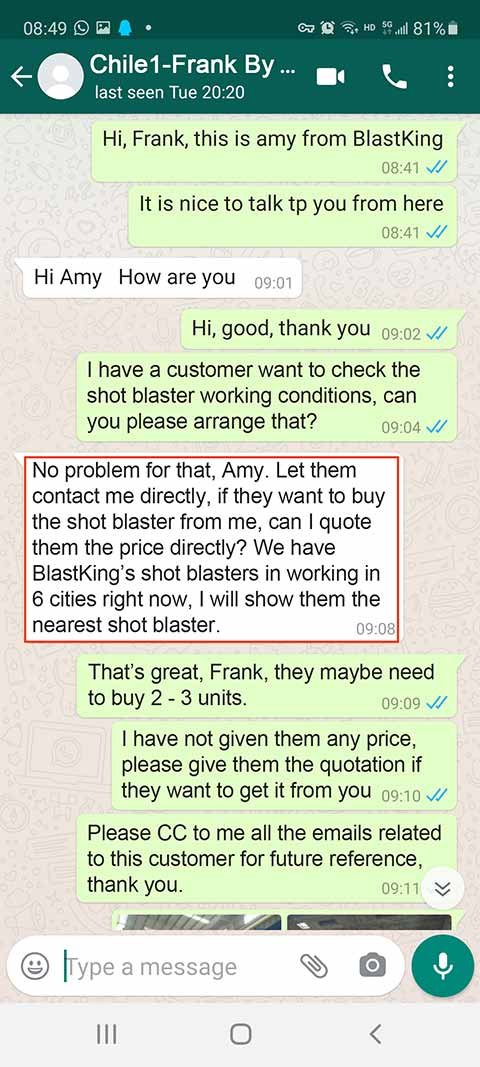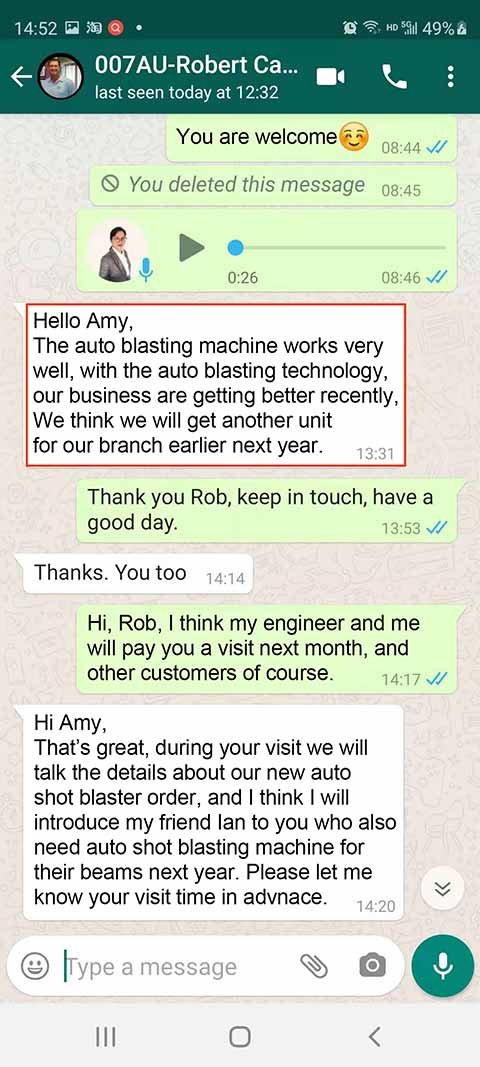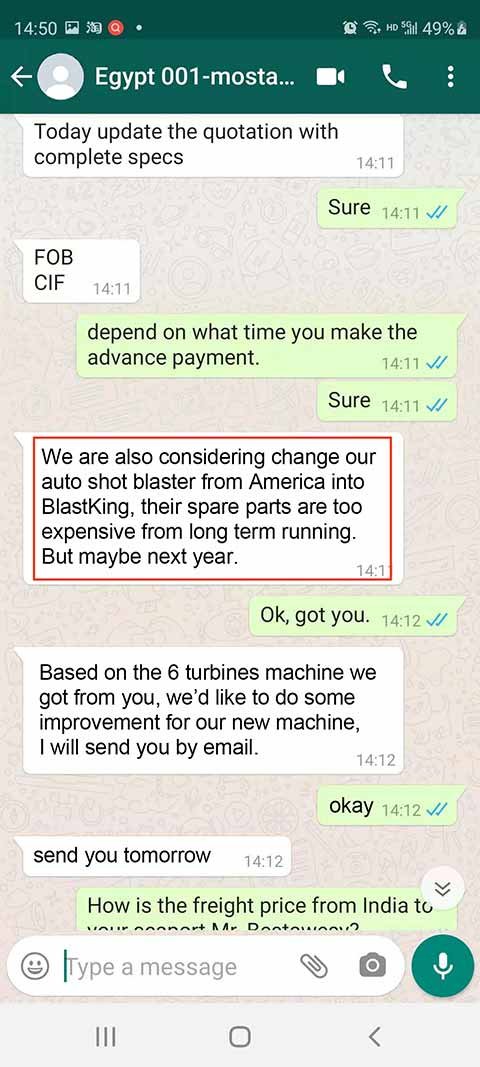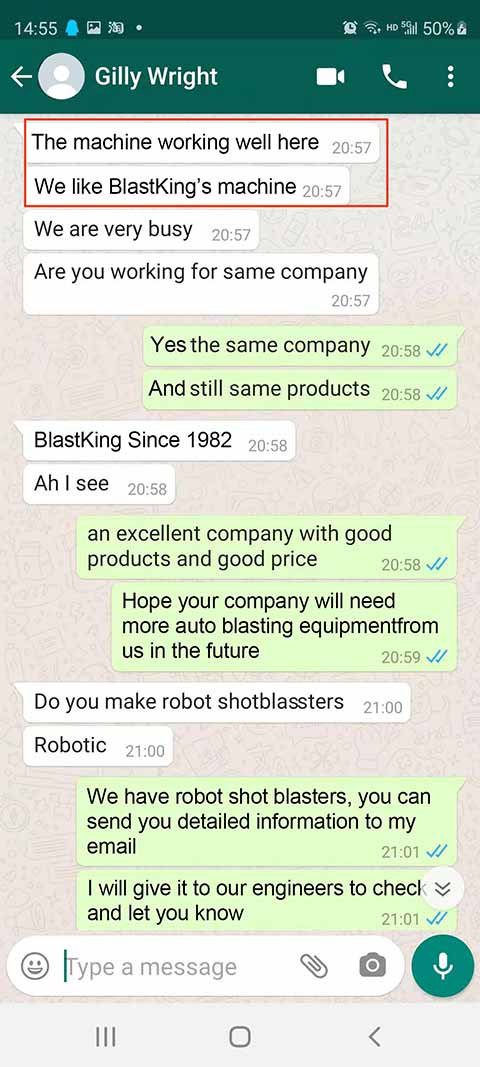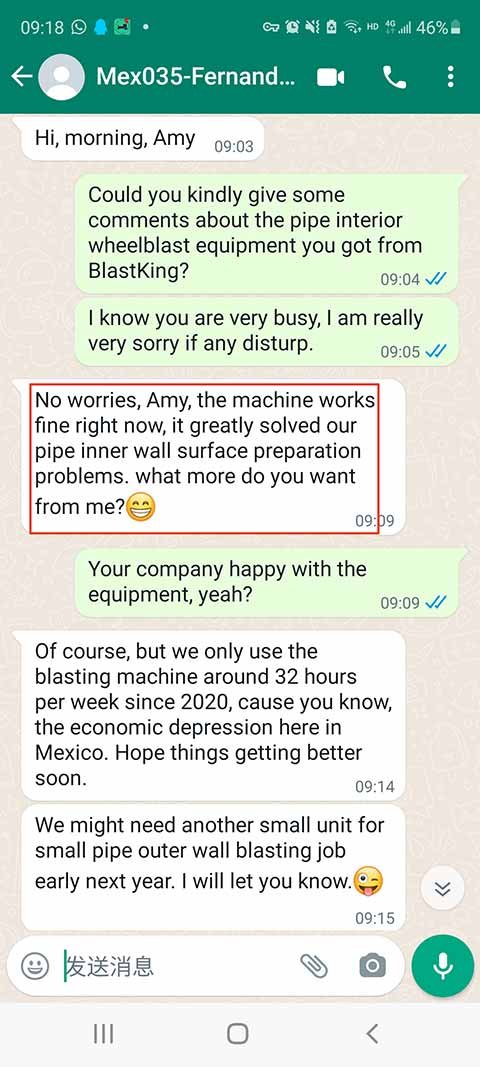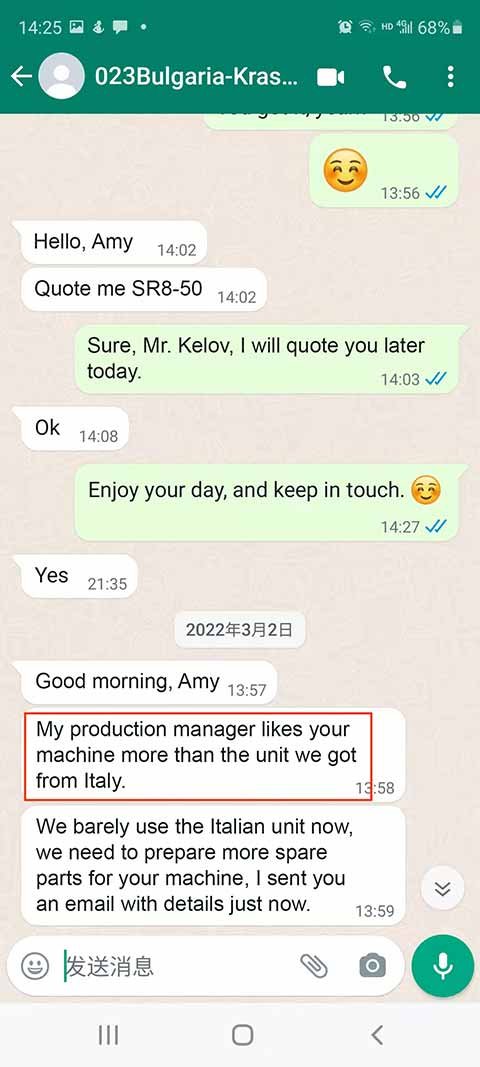Introduction to Rotary Table Shot Blast Machines
Picture a steel table that slowly spins inside a sturdy cabinet. While it’s spinning, powerful turbines (blast wheels) fling tiny steel pellets or grit at whatever sits on that table. The result is a deep cleaning that removes rust and old paint in a fraction of the time manual methods require.
Many businesses prefer table shot blasting because it:
- Removes corrosion fast
- Produces uniform finishes
- Recycles blasting media
- Cuts down on manual labor
It all happens inside an enclosed space. This design keeps the flying pellets contained and ensures a safer work environment. With a table shot blasting machine, workers load metal parts, close the door, start the blast cycle, and let the system handle the rest.
Revitalize Your Metal Parts with Our Rotary Table Blasting Machine
How The Rotary Table Shot Blaster Works
1 Rotating Table
At the heart of the machine sits a rotating table (sometimes called a turntable). It spins like a slow, heavy-duty carousel. You place metal parts on it, then the machine starts turning. The table makes sure every surface of the part faces the blast stream at some point.
- Speed Control: Some machines let you adjust how fast the table spins. Slower rotation means deeper cleaning. Faster speeds can shorten the cycle if the surface is only lightly rusted.
- Load Capacity: Every table has a maximum weight rating. A small machine might hold 1,000 kg. A larger model might support 3,000 kg or more. Overloading risks damage to motors or bearings.
2 Blast Wheels
Blast wheels are the muscle of the operation. They’re powered by electric motors, which spin curved blades inside a housing. The blades hurl steel shot or grit against the metal parts.
- One Wheel vs. Multiple Wheels: A single-wheel setup works fine for smaller projects. Two or more wheels speed up coverage and handle large or complex shapes.
- Wheel Power (kW): The higher the power, the faster the pellets fly. Stronger wheels remove thick coatings quicker, but they also consume more electricity.
- Wear and Tear: Blades wear down from contact with abrasive media. Replacing them on schedule keeps performance steady.
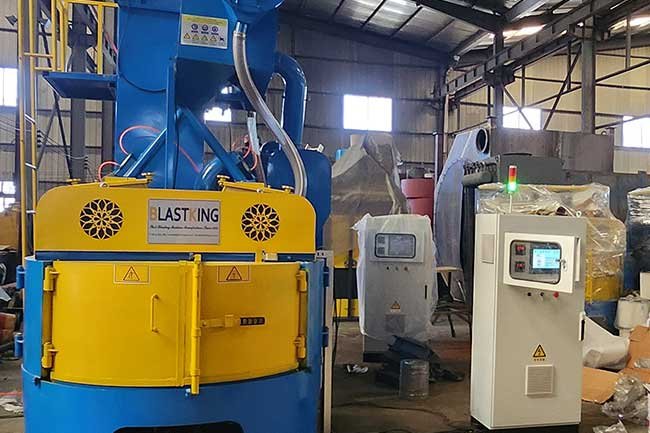
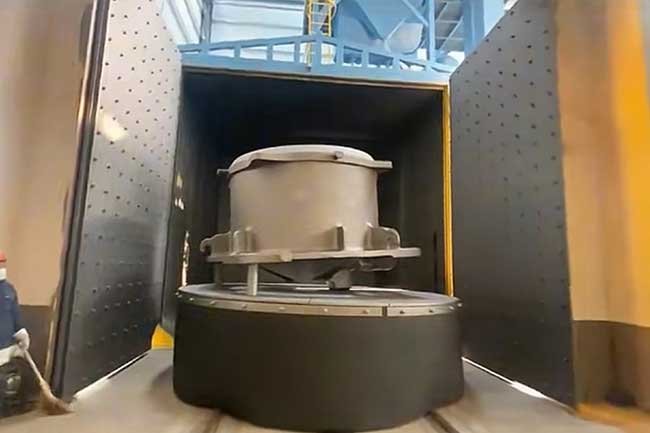
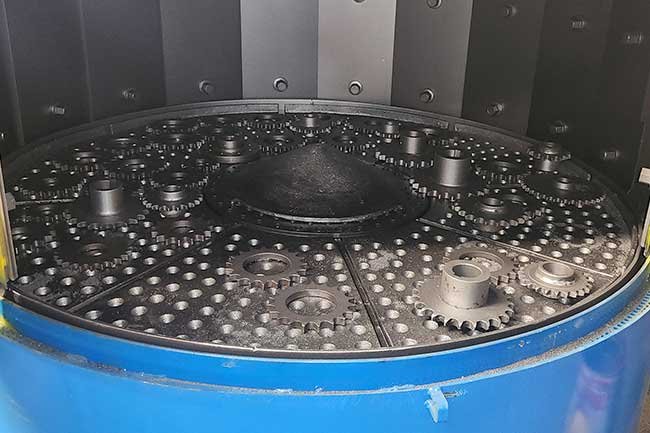
3 Abrasive Media
Steel shot looks like tiny steel balls, while steel grit is more angular. Both are common for table shot blasting.
- Steel Shot: Spherical shape, good for achieving a smoother finish.
- Steel Grit: Has sharp edges, better for heavy-duty stripping tasks.
- Other Abrasives: Glass beads or plastic media work on sensitive parts. They remove dirt without hitting surfaces too hard.
The machine recycles shot or grit. It falls to the base of the enclosure, travels through a cleaning unit, and returns to a storage hopper. This loop cuts down on waste.
4 Dust Collector
High-velocity blasting dislodges not just rust and paint, but also tiny airborne particles. A dust collector sucks this fine debris into filters or bags, protecting workers from breathing hazards and keeping the workspace cleaner. Operators watch filter indicators to see when replacements are needed.
Achieve Flawless Finishes Every Time
Common Uses and Benefits
3.1 Removing Rust and Scale
Metal surfaces can get pretty crusty over time. Rust weakens metal, and scale can hide cracks or defects. Table shot blasting strips that layer away quickly. It’s like power-washing but for steel. Once the rust is gone, you see the bare metal underneath.
3.2 Preparing Surfaces for Coating
Paint or powder coating bonds better to a clean surface. By blasting off old paint or grime, you give new coatings a perfect base. That means fewer blemishes and longer-lasting finishes. For industries like automotive or construction, that’s a huge plus.
3.3 Clearing Casting Debris
Foundries often use table shot blasting to remove leftover sand from cast parts. It exposes flaws early, helping quality-control teams spot cracks or air pockets before further processing.
3.4 Time and Labor Savings
Manual sanding is exhausting. Think about spending hours scraping a large metal panel by hand. A table shot blasting machine speeds that up dramatically. Operators load parts, set a timer, and let the machine do the job. This means fewer worker injuries and higher productivity.
Compact Design, Maximum Efficiency
Loading and Unloading Techniques
1. Single Door Systems:
You open one big door, put parts on the table, close it, and start blasting. This design is simple and reliable. However, the machine can’t run while you swap parts.
2. Double Door or Clamshell Systems:
Two doors swing open from opposite sides or fold out like a clamshell. This wider opening allows forklifts or cranes to position heavier workpieces. It’s also helpful for bigger parts.
3. Dual (Shuttle) Tables:
Some systems come with two rotating tables. While one table is inside the enclosure getting blasted, you can load the second table outside. When the cycle ends, you swap them. This setup reduces downtime between cycles, raising throughput.
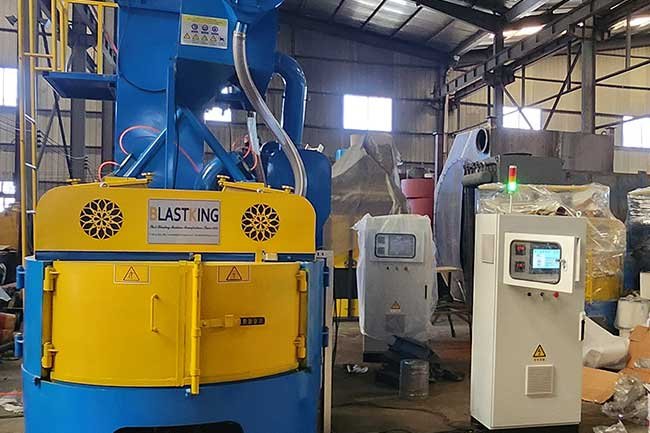
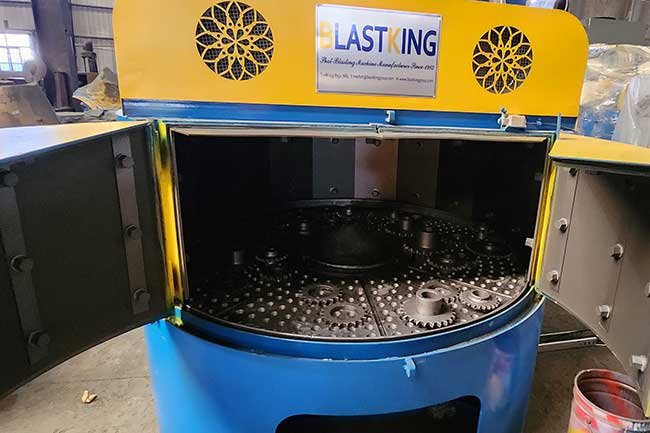
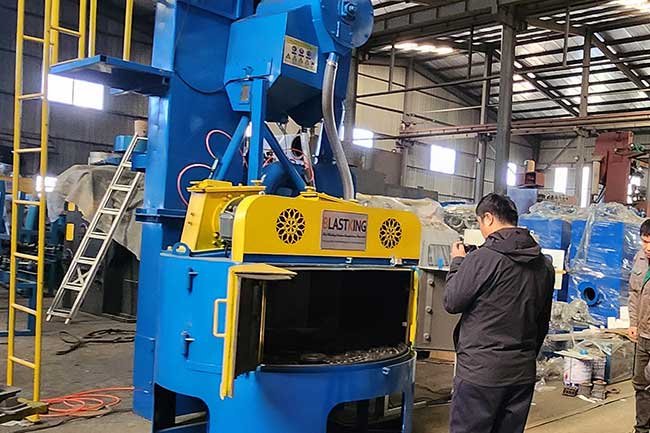
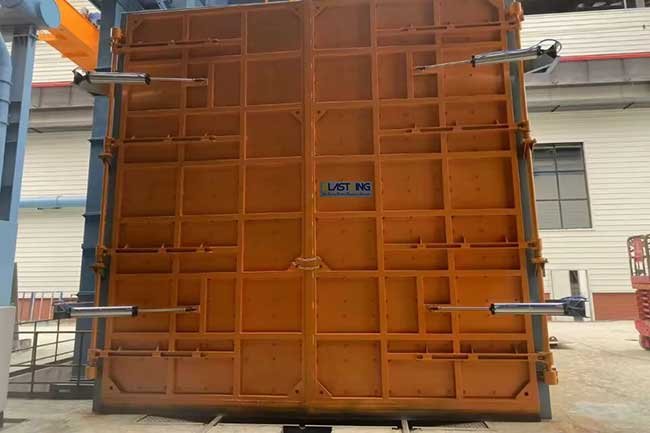
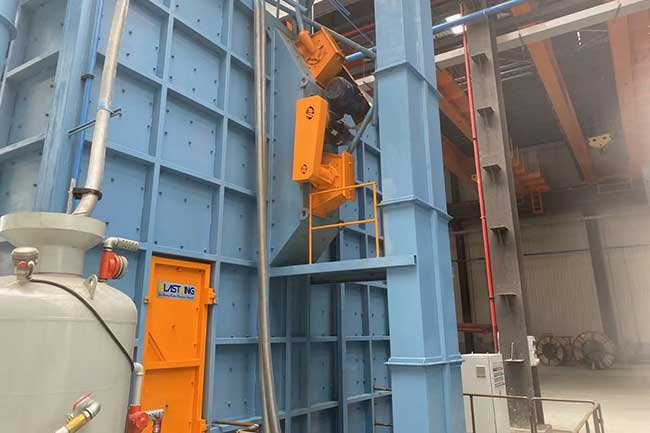
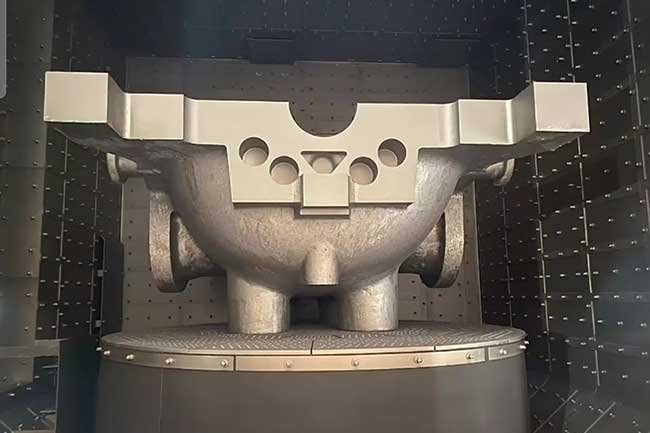
Energy and Cost Considerations
1 Energy Use
Running blast wheels, rotating tables, and dust collectors eats electricity. Larger machines with high-power wheels draw more current. Some shops offset that with consistent production, so each batch’s energy cost remains acceptable.
2 Maintenance Budget
Plan for:
- Wheel Blades and Control Cages
They wear out after a certain number of hours. - Liners
Replacements can be pricey, but ignoring them risks cabinet damage. - Filters
Keep spares to prevent downtime if a filter clogs unexpectedly.
3 Media Costs
Quality steel shot might cost more initially, but it pays off if you can reuse it many times. Abrasive breakdown rates vary, so track usage to spot patterns. This helps you plan restocks without getting caught empty-handed.
Self-Contained System for Easy Installation
Complex installations disrupting your operations?
Complex installations can cause operational downtime. Our self-contained system includes a dust collector and separator, allowing for quick and easy setup without additional ducting.
Call us today at +86 135 8931 7685
Handling Oversized or Odd-Shaped Parts
- Tilted Turntables: Some machines let you angle the table. This helps blast hard-to-reach edges.
- Custom Fixtures: Welding simple brackets or braces onto the table can keep strange shapes stable.
- Mobile Tables: Some models slide out on rails, so you can place large items with a crane or forklift.
If a single pass isn’t enough, you can rotate or flip the part manually between cycles. It’s still faster than trying to brush corners by hand.
Efficiently Remove Contaminants
Basic Specifications of Rotary Table Blasting Machine
| ITEM | RT1000/700 | RT1200/700 | RT1500/700 | RT2000/1500 |
|---|---|---|---|---|
| Maximum size of chamber (mm) | Φ1150×560 | Φ1350×860 | Φ1654×560 | Φ2154×560 |
| Maximum workpiece weight (kg) | 400 | 400 | 1000 | 1000 |
| Diameter of Turn Table(mm) | Φ1000 | Φ1200 | Φ1500 | Φ2000 |
| Number of blast wheels & power (kw) | 11 | 2×7.5 | 2×15 | 2×15 |
| Overall dimension (mm) | 1500×3450×3780 | 1900×3450×4160 | 4260×3647×5366 | 4560×4247×5366 |
| Material of table | Manganese | Manganese | Manganese | Manganese |
| Ventilation requirements (m3/h) | 4000 | 6000 | 8000 | 8000 |
| Material of Protective lining | Manganese/Cast alloy | Manganese/Cast alloy | Manganese/Cast alloy | Manganese/Cast alloy |
| Material of blast chamber | Mild steel | Mild steel | Mild steel | Mild steel |
- The technical data is not binding and may be subject to change.
Depending on the type of parts, production method, etc., further machine types and measurement specification sheets upon request.
Applications
- Descaling of forged or heat treated parts
- Desanding of ferrous and non-ferrous metal castings
- Deburring of metallic and non-metallic parts
- Deflashing of die cast parts
- Contaminant removal
Conclusion
Table shot blasting machines take the tough job of cleaning metal and make it much easier. By spinning parts under a stream of steel shot or grit, they remove rust, paint, and debris with impressive speed. They also offer consistent finishes that cut down on rework. With proper safety features, good training, and regular maintenance, these machines run smoothly for many years.
If your shop struggles with slow manual cleaning or inconsistent prep work, a table shot blasting system can be a game-changer. It handles heavy-duty tasks while reducing physical strain on workers. Keeping filters fresh, wheels aligned, and bearings lubricated helps it perform at its best. Over time, you’ll likely find that the investment pays for itself in higher output and fewer headaches. After all, better cleaning sets the stage for sturdier coatings and happier customers down the line.
We deliver results









